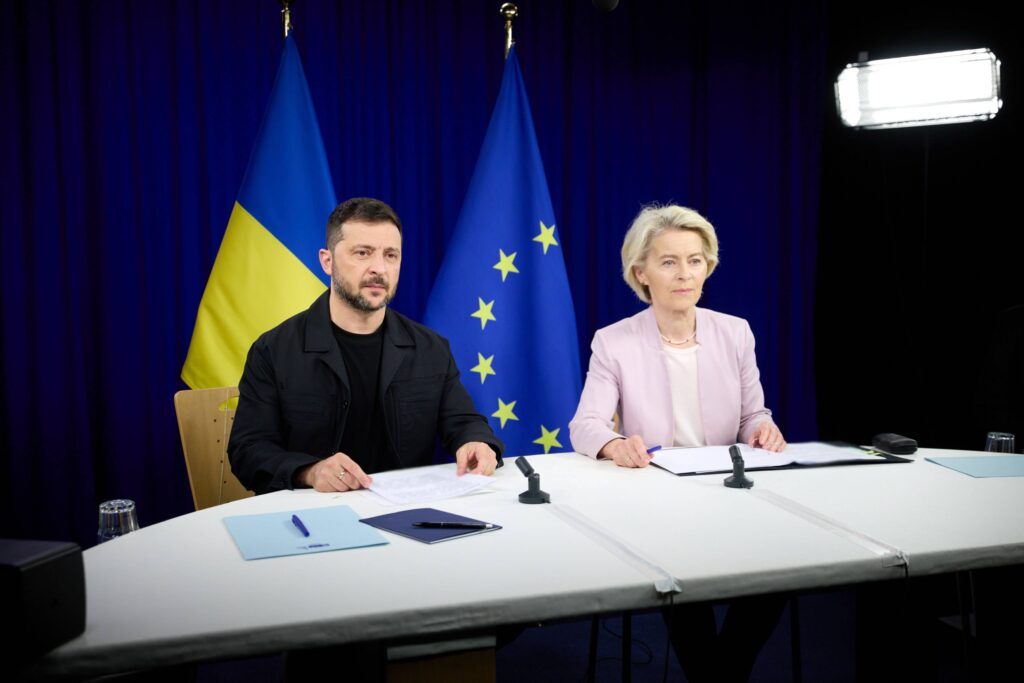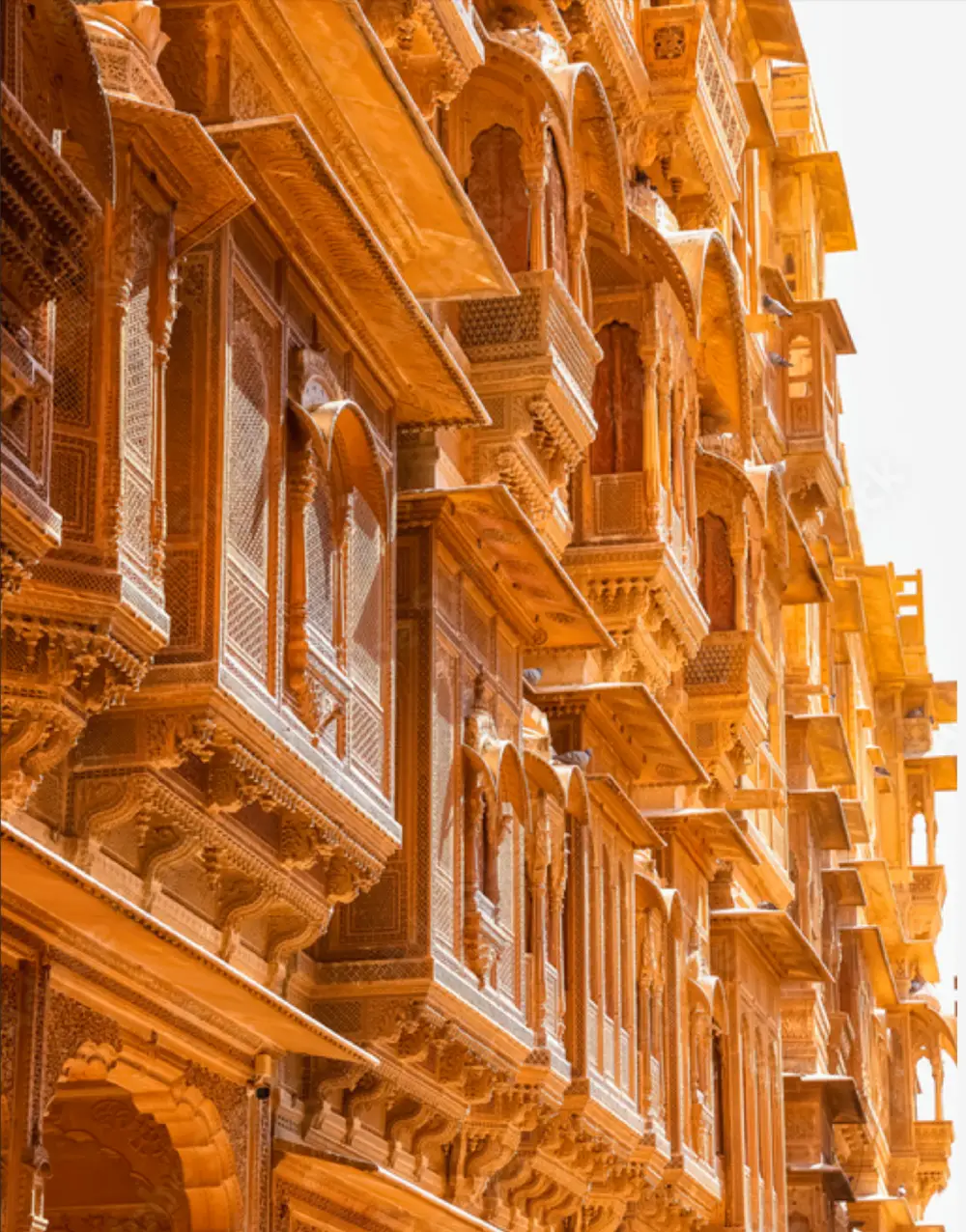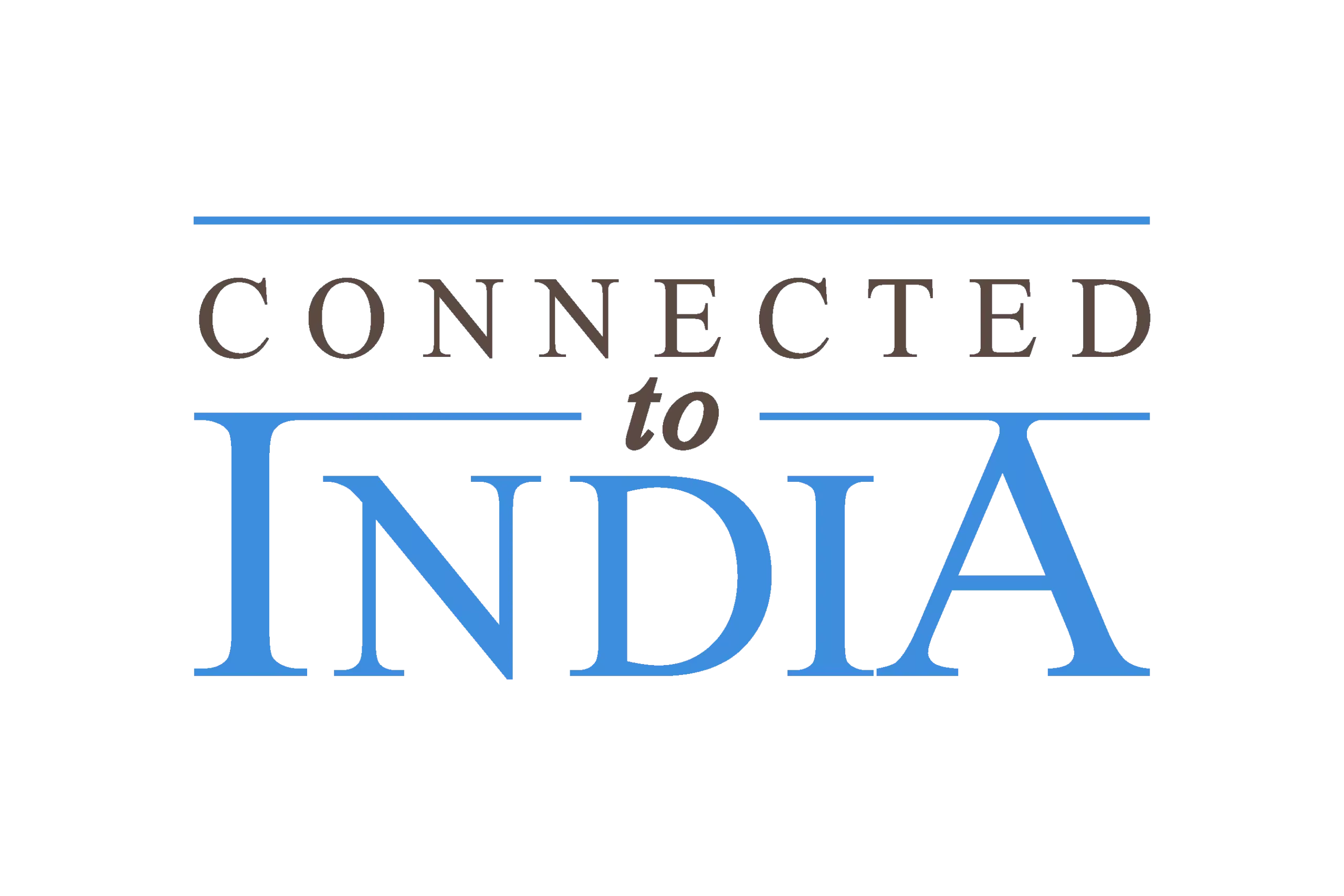
Ukraine’s future could hinge on a hastily assembled meeting on Monday at the White House as Ukrainian President Volodymyr Zelenskyy brings with him an extraordinary cadre of European leaders to show US President Donald Trump a united front against Russia.
The European political heavy-hitters were left out of Trump’s summit with Russian President Vladimir Putin last Friday, and they look to safeguard Ukraine and the continent from any widening aggression from Moscow, said an Associated Press report via Press Trust of India.
By arriving as a group, they hope to avoid any debacles like Zelenskyy’s February meeting in the Oval Office, where Trump had chastised him for not showing enough gratitude for American military aid.
The August 18 meeting is also a test of America’s relationship with its closest allies after the European Union and United Kingdom accepted Trump’s tariff hikes partly because they wanted his support on Ukraine.
Monday’s showing is a sign both of the progress and the possible distress coming out of the Alaska meeting, as many of Europe’s leaders are descending on Washington with the explicit goal of protecting Ukraine’s interests, a rare and sweeping show of diplomatic force.
“It’s important that America agrees to work with Europe to provide security guarantees for Ukraine, and therefore for all of Europe,” Zelenskyy said on X.
The night before the meeting, however, Trump seemed to put the onus on Zelenskyy to agree to concessions and suggested that Ukraine could not regain Crimea, which Russia annexed in 2014, setting off an armed conflict that led to its broader 2022 invasion.
“President Zelenskyy of Ukraine can end the war with Russia almost immediately, if he wants to, or he can continue to fight,” wrote Trump on Sunday night on social media. “Remember how it started. No getting back Obama given Crimea (12 years ago, without a shot being fired!), and NO GOING INTO NATO BY UKRAINE. Some things never change!!!”
Zelenskyy appeared to respond with his own post late on Sunday, saying, “We all share a strong desire to end this war quickly and reliably.” He went on to say that “peace must be lasting,” not as it was after Russia seized Crimea and part of the Donbas in eastern Ukraine eight years ago, and “Putin simply used it as a springboard for a new attack”.
The sitdown in Alaska yielded the possible contours for stopping the war in Ukraine, though it was unclear whether the terms discussed would ultimately be acceptable to Zelenskyy or Putin.
Trump runs into difficulty of Putin diplomacy
An earlier Associated Press report recalled that Donald Trump had walked into the Alaska summit with Vladimir Putin pressing for a ceasefire deal and threatening “severe consequences” and tough new sanctions if the Russian leader failed to agree to halt the fighting in Ukraine.
Instead, Trump was the one who stood down, dropping his demand for a ceasefire in favour of pursuing a full peace accord — a position that aligns with that of Putin.
After calls with Zelenskyy and European leaders, Trump wrote as he flew home from Friday’s meeting in Alaska that it had been “determined by all that the best way to end the horrific war between Russia and Ukraine is to go directly to a Peace Agreement, which would end the war, and not a mere Ceasefire Agreement, which often times do not hold up”.
It was a dramatic reversal that laid bare the challenges of dealing with Putin, a cunning adversary, as well as the complexities of a conflict that Trump had repeatedly boasted during his campaign that he could solve within 24 hours.
AP reported that while European leaders were relieved that Trump did not agree to a deal that favoured Moscow, the Alaska summit allowed Putin to reclaim his place on the world stage and may have bought Russia more time to push forward with its offensive in Ukraine.
European heavyweights coming to Washington
Planning to join Zelenskyy on Monday in the American capital are European Commission President Ursula von der Leyen, French President Emmanuel Macron, British Prime Minister Keir Starmer, German Chancellor Friedrich Merz, Italian Prime Minister Giorgia Meloni, Finnish President Alexander Stubb, and NATO Secretary General Mark Rutte.
On the table for discussion are possible NATO-like security guarantees that Ukraine would need for any peace with Russia to be durable.
Putin opposes Ukraine joining NATO outright, yet Trump’s team claims that the Russian leader is open to allies agreeing to defend Ukraine if it comes under attack.
Trump briefed Zelenskyy and European allies shortly after the Putin meeting, and details from the discussions emerged in a scattershot way that seemed to rankle the US president, who had chosen not to outline any terms when appearing afterwards with Putin.
European officials confirmed that Trump told them Putin is still seeking control of the entire Donbas region, even though Ukraine controls a meaningful share of it.
Trump’s special envoy, Steve Witkoff, said that the US and its allies could offer Ukraine a NATO-like commitment to defend the country if it came under attack as the possible security guarantee.
“How that’s constructed, what we call it, how it’s built, what guarantees are built into it that are enforceable, that’s what we’ll be talking about over the next few days with our partners who are coming in from overseas,” Rubio told NBC’s Meet the Press.
Monday’s meeting will likely be very tough for Zelenskyy, an official close to the ongoing talks said.
Zelenskyy needs to prevent a scenario in which he gets blamed for blocking peace talks by rejecting Putin’s maximalist demand on the Donbas, the official said. It is a demand Zelenskyy has said many times he will never accept because it is unconstitutional and could create a launching pad for future Russian attacks.
If confronted with pressure to accept Putin’s demands, Zelenskyy would likely have to revert to a skill he has demonstrated time and again: diplomatic tact.


